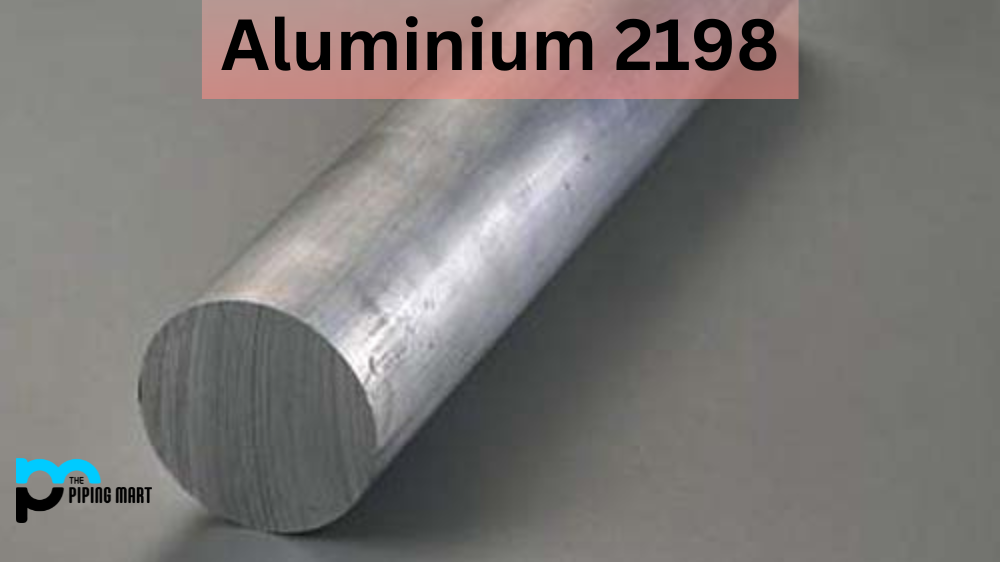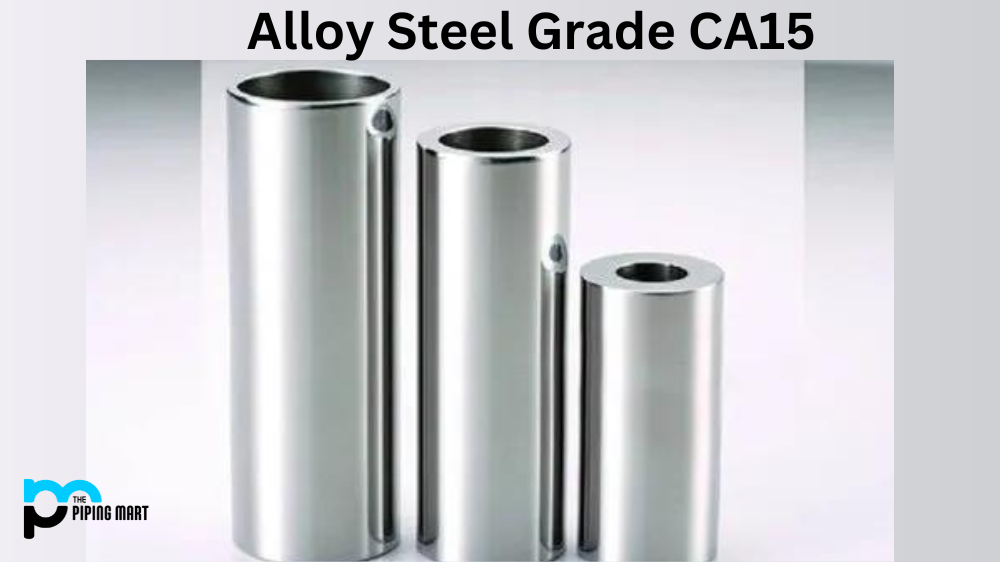SAE/AISI 1527 steel, also known as UNS G15270, is a low-alloy carbon steel renowned for its robustness, durability, and resistance to both corrosion and heat. Widely embraced in the automotive sector due to its cost-effectiveness and versatility, this high-strength carbon steel is gaining traction across various industries. With exceptional toughness, ductility, and wear resistance, AISI 1527 steel proves ideal for structural applications, machinery components, and gears demanding superior strength and resilience. Its chemical composition, carbon, manganese, and silicon, significantly influences its mechanical properties. Moreover, the steel is amenable to heat treatment, enhancing its hardness and strength. Manufacturers favor SAE/AISI 1527 steel for its affordability, efficiency, and longevity, making it an excellent choice for diverse applications. This blog post comprehensively explores steel’s uses, corrosion and heat resistance, heat treatment options, and insights into machining and welding processes.
What Forms of AISI 1527 is Available at Piping Mart?
- Nut
- Bar
- Bolt
- Pipe
- Screw
- Tubing
- Valves
- Washers
- Flanges
- Fasteners
- Electrodes
- Stud Bolts
- Sheet Plates
- Pipe Fittings
- Forged Fitting
- Instrumentation Fittings
AISI 1527 Composition
AISI 1527 steel typically consists of iron as the base metal, with carbon content ranging from 0.23% to 0.30%. Additionally, it incorporates manganese (0.70-1.00%), silicon (0.15-0.35%), and small amounts of other alloying elements. This composition contributes to the overall properties of AISI 1527, providing a balance of strength, toughness, and machinability for various industrial applications.
| Element | Weight % |
| C | 0.22-0.29 |
| Mn | 1.20-1.50 |
| P | 0.04 (max) |
| S | 0.05 (max) |
AISI 1527 Mechanical Properties
AISI 1527 steel exhibits robust mechanical properties, with a tensile strength typically ranging from 600 to 800 MPa and a yield strength of around 500 MPa. This alloy’s toughness makes it suitable for applications requiring high-strength materials. Additionally, AISI 1527 demonstrates good machinability, enhancing its versatility in various industrial settings.
| Properties | Conditions | ||
| T (°C) | Treatment | ||
| Density (×1000 kg/m3) | 7.7-8.03 | 25 | |
| Poisson’s Ratio | 0.27-0.30 | 25 | |
| Elastic Modulus (GPa) | 190-210 | 25 | |
AISI 1527 Physical Properties
AISI 1527 steel is a low-carbon, high-manganese grade of steel that possesses excellent wear and fatigue resistance. It is often used in applications requiring improved wear or fatigue resistance such as transportation equipment, structural springs, and wear parts, giving it outstanding versatility and durability. Its tensile strength and yield strength are among its most distinguishing physical properties; with a tensile strength of 139ksi (956MPa) and a yield strength of 117ksi (804MPa). Other positive physical properties include excellent ductility and deep hardenability allowing the steel to be quenched at significantly lower temperatures. Steel grades like AISI 1527 are essential for many industries due to their unique combination of properties such as good erosion resistance, weldability and impact toughness.
| Quantity | Value | Unit |
| Thermal expansion | 16 – 17 | e-6/K |
| Thermal conductivity | 16 – 16 | W/m.K |
| Specific heat | 500 – 500 | J/kg.K |
| Melting temperature | 1370 – 1400 | °C |
| Service temperature | 0 – 500 | °C |
| Density | 8000 – 8000 | kg/m3 |
| Resistivity | 0.7 – 0.7 | Ohm.mm2/m |
AISI 1527 Uses
AISI 1527 Uses in Industries
- Automotive Industry
- Aerospace Industry
- Construction Industry
- Oil and Gas Industry
- Manufacturing Industry
AISI 1527 Corrosion Resistance
SAE/AISI 1527 steel offers excellent corrosion resistance due to its high chromium content. It is also resistant to pitting in chloride solutions which makes it ideal for use in marine environments or other areas where exposure to saltwater or brackish water may occur. Moreover, this particular steel has demonstrated resistance to oxidation at temperatures as high as 1200°F (649°C).
AISI 1527 Heat Resistance
AISI 1527 Heat Treatment
Heat treatment is important when working with SAE/AISI 1527 steel, as it can improve its mechanical properties by altering the microstructure. Commonly applied treatments include quenching and tempering, which can increase hardness while reducing fatigue strength. Annealing can also be used on this type of steel, improving formability while reducing hardness.
AISI 1527 Machining
When machining with SAE/AISI 1527 steel, a cutting speed between 100-200 ft./min (30-60 m./min.) should be used, depending on the application, high speeds may cause excessive tool wear, while lower speeds may result in poor surface finish or poor dimensional accuracy.
AISI 1527 Welding
When working with this steel variant, it is recommended to apply a preheat temperature ranging from 150 to 200°F (66 to 93°C) before initiating the welding process. Subsequently, it is advisable to perform stress relief promptly after completing the welding procedure.
Conclusion
SAE/AISI 1527 Steel (G15270) stands out with its robust composition, blending strength and versatility. This low-alloy carbon steel, widely utilized in the automotive industry, exhibits excellent heat resistance up to 1600°F. However, caution is warranted beyond 1700°F to prevent warping. Welders benefit from a preheat range of 150-200°F, followed by stress relief post-welding. A cost-effective and efficient choice, it excels in engine components, drivetrain elements, and various automotive applications.

Abhishek is a seasoned blogger and industry expert, sharing his insights and knowledge on various topics. With his research, Abhishek offers valuable insights and tips for professionals and enthusiasts. Follow him for expert advice on the latest trends and developments in the metal industry.




